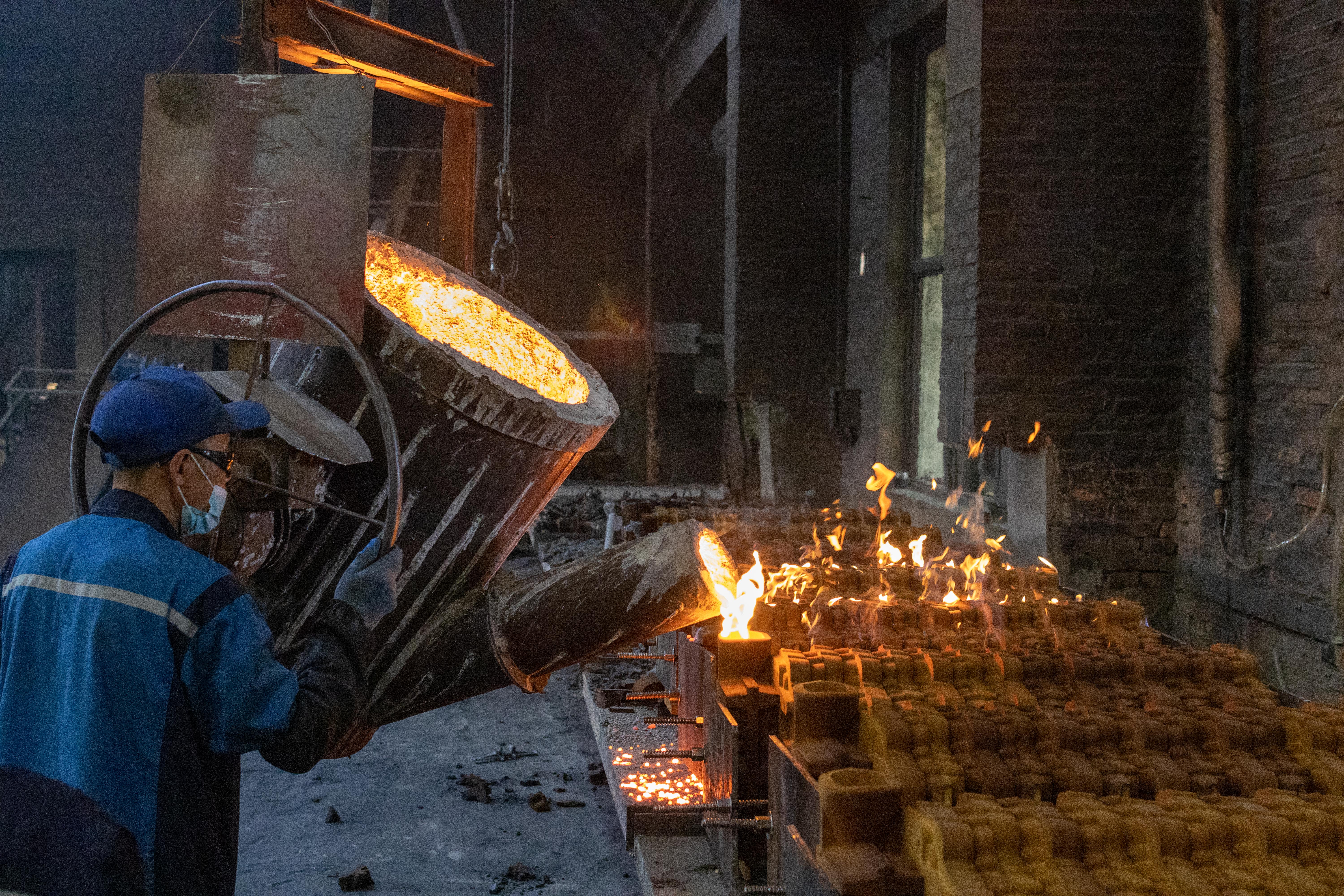- Home
- Factories
- Processes
- Products
- News
- Download
- Contact Us
Views: 3 Author: Site Editor Publish Time: 2023-07-07 Origin: Site

Sand casting is a widely utilized process for manufacturing metal components with intricate shapes and sizes. This article provides a concise overview of the sand casting process, highlighting its versatility, key steps, and applications across diverse industries.
Versatile and Cost-Effective: Sand casting offers versatility in producing complex metal components, making it suitable for various industries, including automotive, aerospace, and industrial sectors. The process is cost-effective, particularly for large-scale production runs.
Pattern Creation: A pattern, typically made of wood or metal, is crafted to match the desired component's shape. It serves as a template for creating the mold.
Mold Formation: The pattern is placed in a flask, and fine sand mixed with a bonding agent, such as clay, is packed around it. This creates a two-part mold, comprising the cope (upper part) and the drag (lower part).
Mold Assembly and Pouring: The cope and drag are securely joined, forming a complete mold cavity. Channels for metal flow, such as gating and risers, are incorporated into the mold. Molten metal is poured into the mold through these channels.
Solidification and Cooling: The molten metal cools and solidifies within the mold, taking the shape of the pattern. Proper cooling time is crucial to ensure desired metallurgical properties and minimize defects.
Mold Break and Finishing: Once the metal has solidified, the mold is broken, revealing the casted component. Excess material, known as the gating system, is removed, and finishing processes like grinding, machining, or surface treatment are applied to achieve the desired specifications.
Inspection and Quality Assurance: The casted component undergoes thorough inspection to ensure it meets the required standards. Defects, if any, are identified and rectified to ensure the final product's quality.
Conclusion:Sand casting is a versatile and cost-effective method for manufacturing metal components with complex shapes. Its step-by-step process, from pattern creation to mold assembly, pouring, solidification, and finishing, allows for the production of high-quality components used in a wide range of industries. Understanding the sand casting process enables manufacturers to leverage its benefits and deliver precision-engineered metal parts for diverse applications.
| | Floor 21, Block B, Fortune Building, No. 18 Xinghua Bei Street , Tiexi District, Shenyang, 110025, China. |
| | 86 15541524932 |
| | contact@sydensen.com |